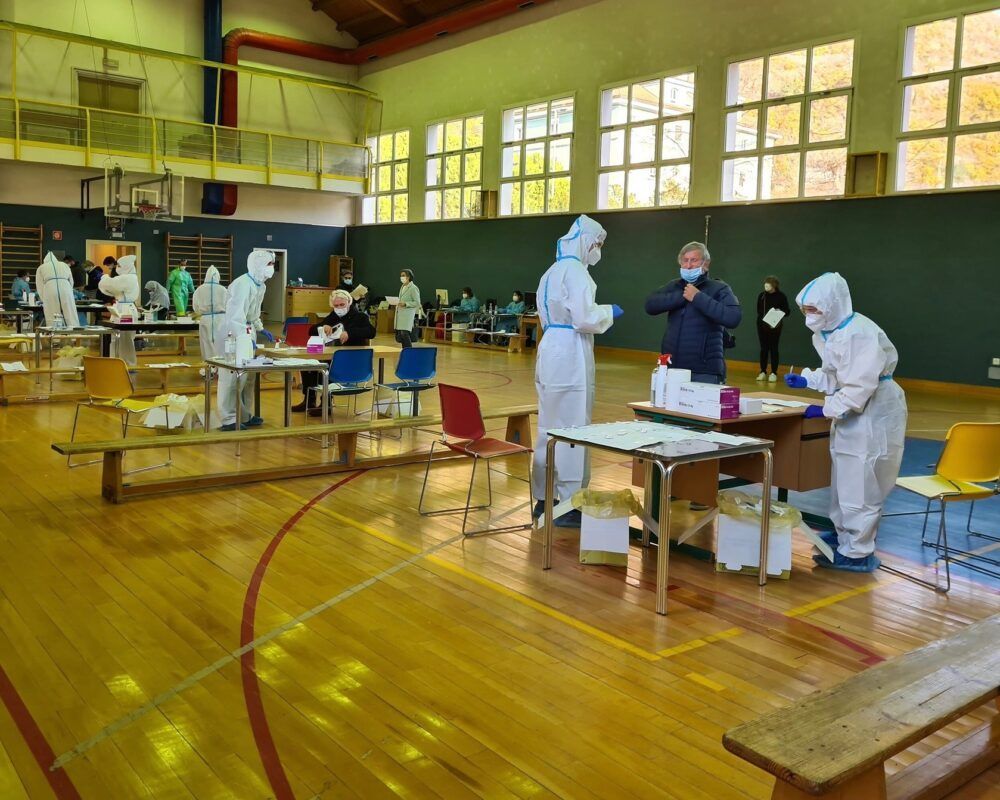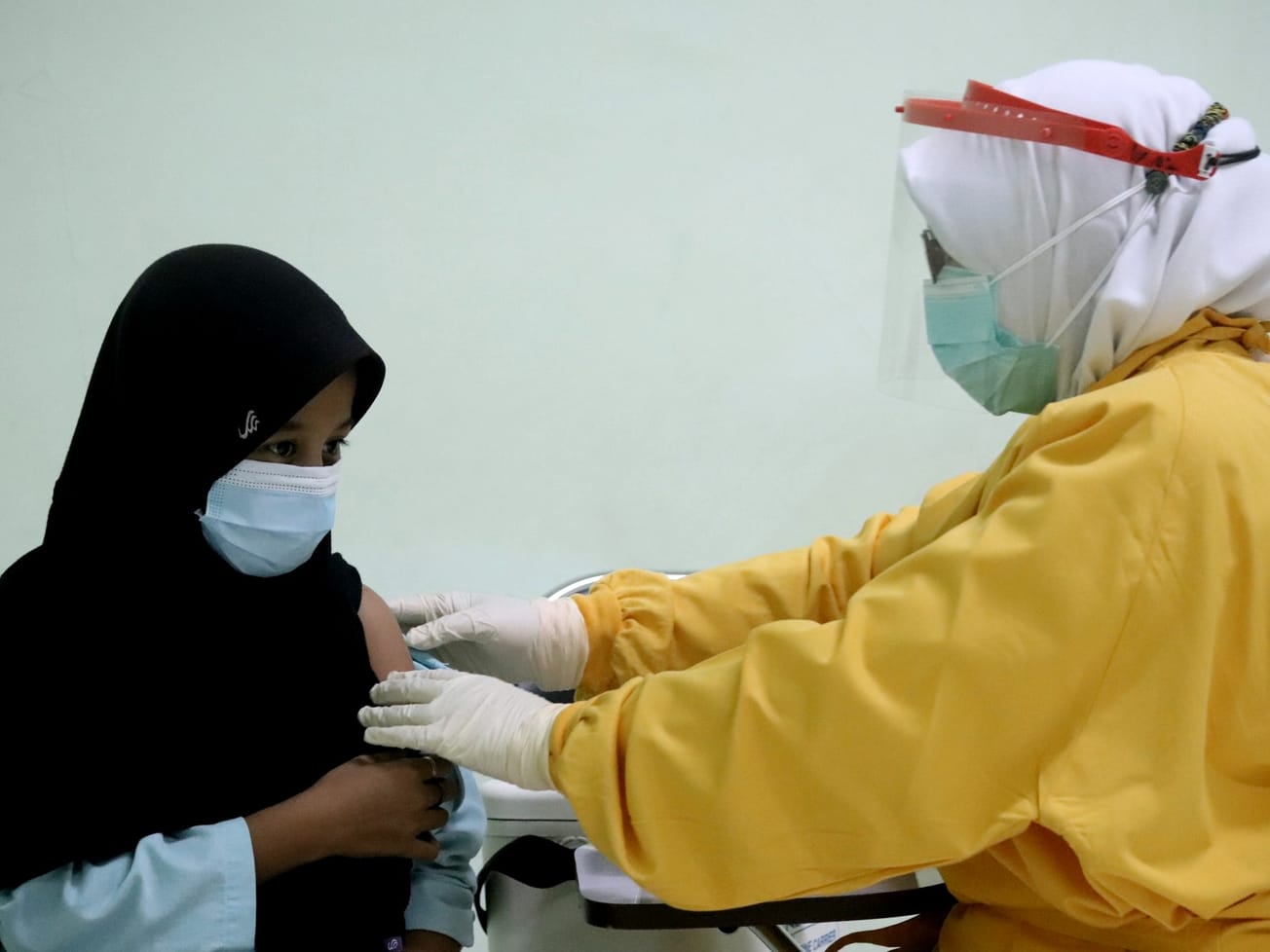The number of people with confirmed infections of coronavirus surged past 100 million — one of every four cases in the United States alone — with 2.1 million deaths and 55 million recoveries worldwide as of Tuesday.
In a sign of improvement, the pace of new cases slowed just a bit this month, to 16 days per 100 million cases, down from 15 days per 10 million cases between the 70 million and 90 million marks, according to Johns Hopkins University and Google data trackers. Before that it took 16 to 17 days per 10 million cases.







